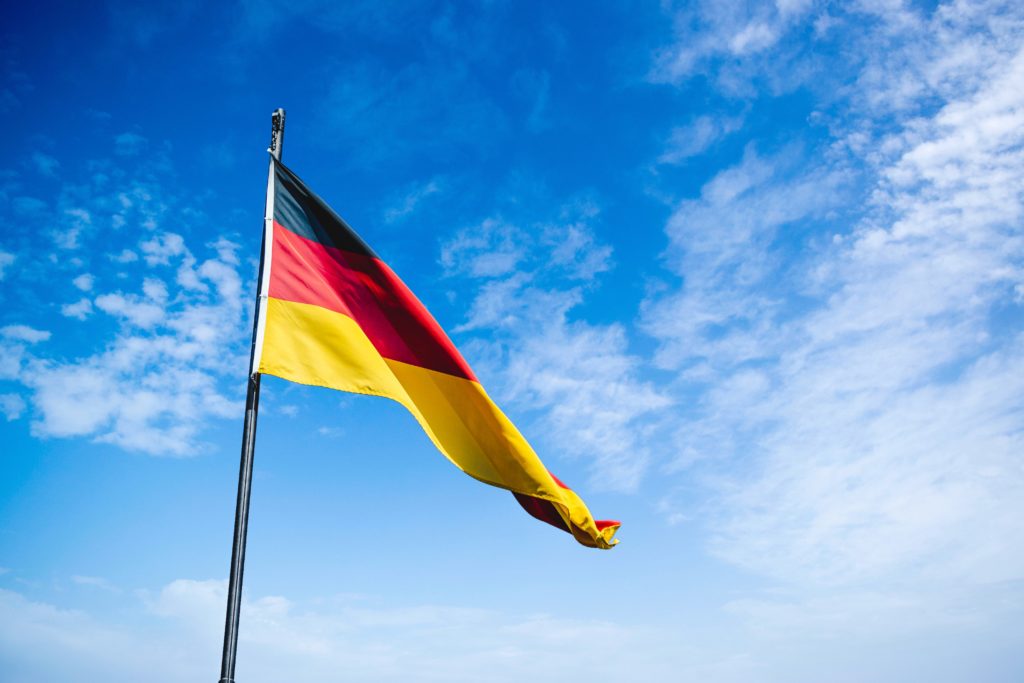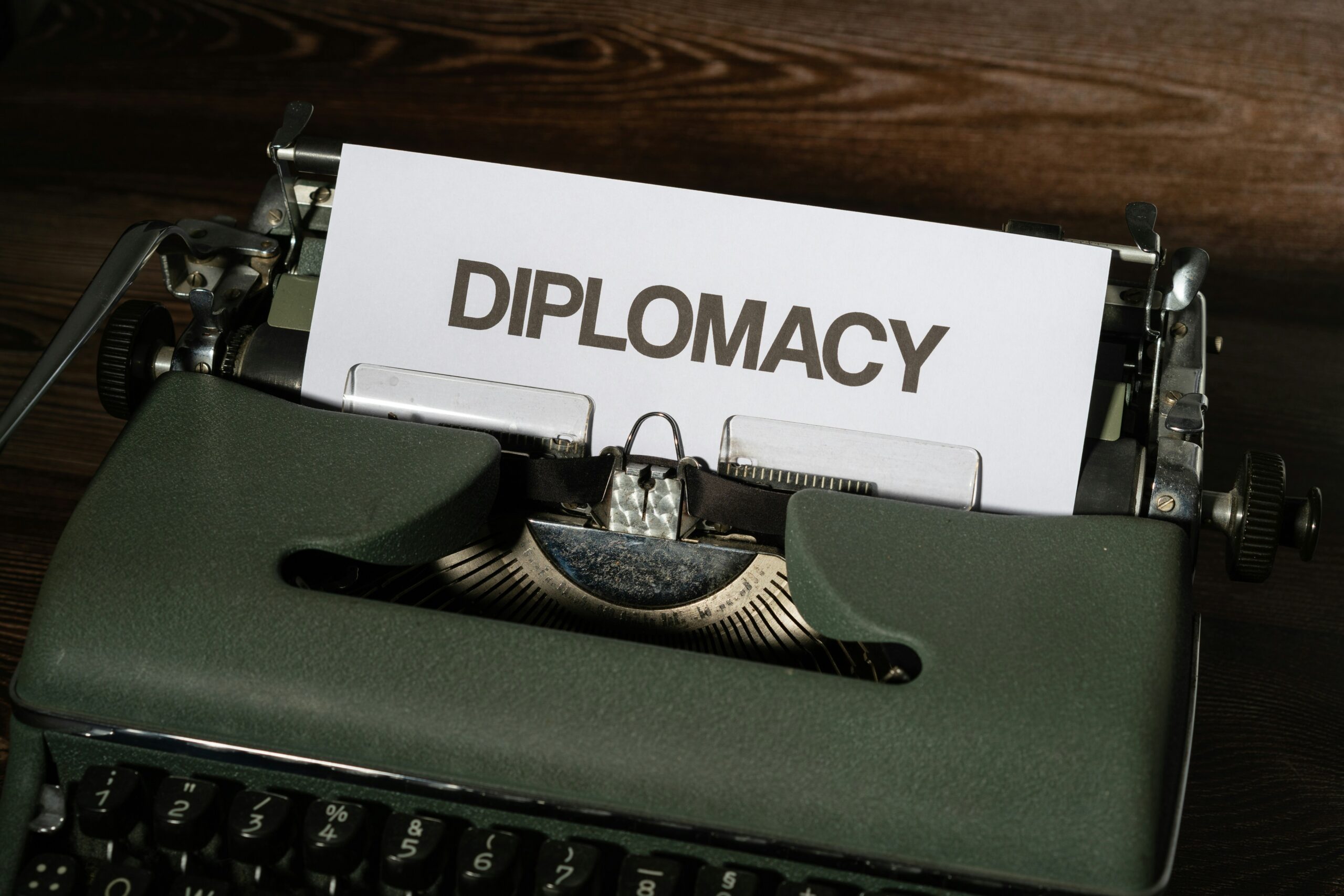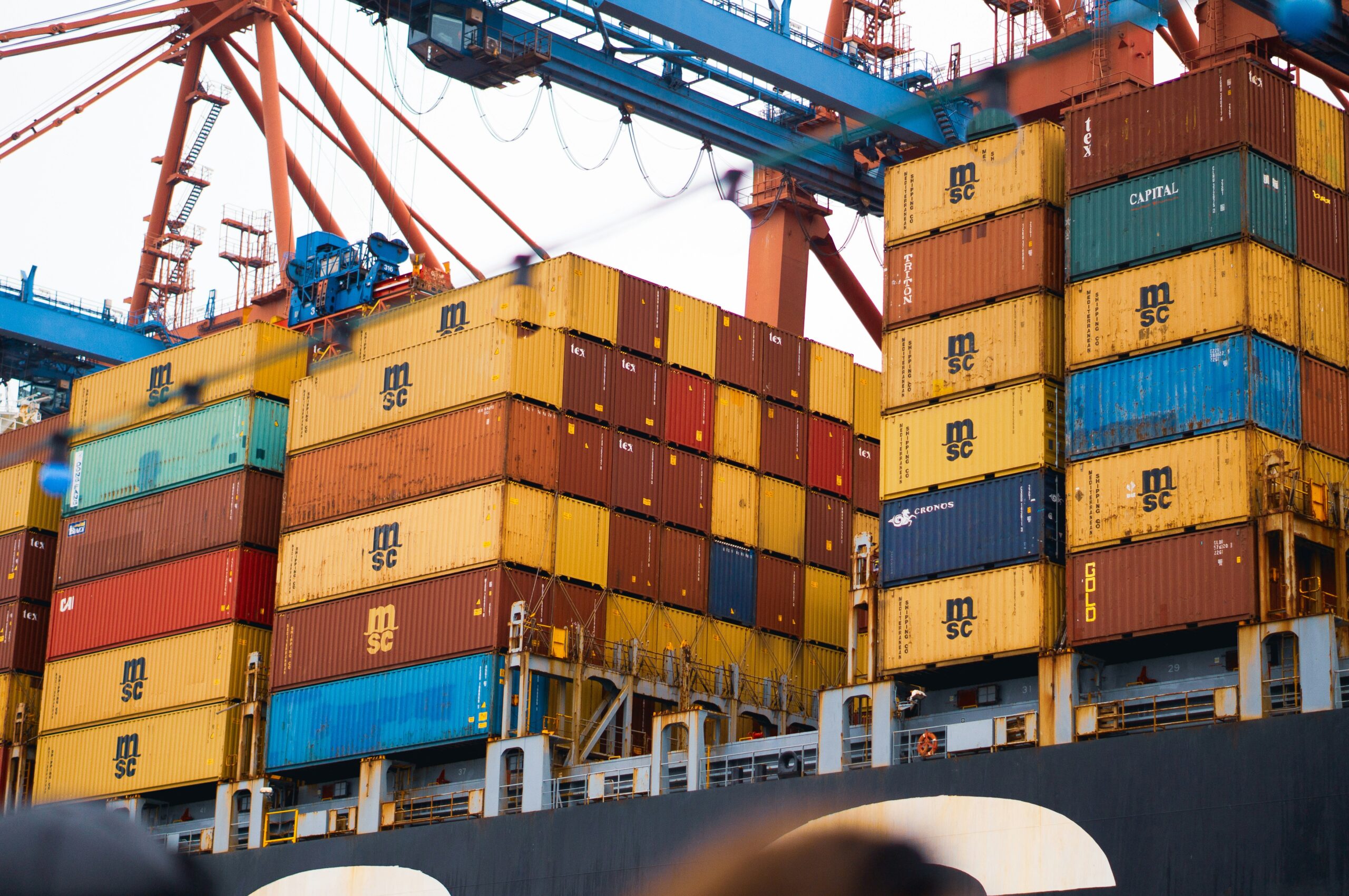Germany is a member of the European Union (EU), and as such, it does not pursue a personal trade partnership outside of the European Union. The European Economic Area Agreement, Economic Partnership Agreements (EPAs) with Africa, the Caribbean, and the Pacific (ACP) countries, Trade agreements with Central and Eastern European countries, Trade agreements with Western Balkan countries, Trade agreements with Mediterranean countries, and Trade agreements with Overseas Countries and Territories (OCT)are just a few of the bilateral and multilateral preferential trade agreements to which Germany is a signatory under the EU. Some of the EU’s trade agreements are highlighted in this article.

EU-US
The European Union and the United States agreed to a trade agreement. The agreement covers tariff cuts on some products of mutual interest. Both parties implemented the agreement, with the EU eliminating tariffs on some live and frozen lobster products for a five-year time frame. However, the European Commission will initiate plans to make the tariff elimination permanent.
EU-China
The EU and China have concluded in principle the negotiations on the Comprehensive Agreement on Investment (CAI). The accord provides increased access for EU investors to China’s market. It also ensures fairer treatment for EU companies, allowing them to compete on a more level playing field.
EU-UK
On 31 January 2020, the United Kingdom exited the European Union. On 24 December 2020, the EU and the United Kingdom signed a deal on their future relationship. They formally signed the EU-UK Trade and Cooperation Agreement on 30 December 2020 after approval by the European Parliament and adoption by the Council.
EU-Mexico
EU and Mexico agree “agreement in principle” on the main trade parts of the new EU-Mexico association agreement. The new agreement eliminates Mexico’s high tariffs on European food and beverages, allowing EU companies to expand their service sales to Mexico. Also, pledge to protect workers’ rights and the environment.
EU- Mercosur
On June 28th, the European Union and Mercosur members Argentina, Brazil, Paraguay, and Uruguay secured a political agreement for an ambitious, balanced, and complete trade deal. Mercosur’s most important trade and investment partner is the EU. In 2019, EU goods exports to Mercosur were €41 billion, while services exports totaled €21 billion. With a stock of €365 billion, the EU is Mercosur’s largest foreign investor, whereas Mercosur’s investment stock in the EU is €52 billion in 2017. Despite the importance of the connection, both exporters and potential investors confront obstacles in Mercosur markets. The new EU-Mercosur trade agreement aims to boost bilateral trade and investment while lowering tariff and non-tariff trade barriers, particularly for small and medium-sized businesses.
EU-Japan
The Economic Partnership Agreement between the EU and Japan went into effect on February 1, 2019. Every year, EU companies export nearly €70 billion in goods and €28 billion in services to Japan. Historically, European companies faced trade barriers that made it tough to compete when it came to selling to Japan. The trade agreement with Japan: removes tariffs and other trade barriers, establishes a platform for cooperation to avoid trade barriers; assists in shaping global trade rules per high standards and shared values; and sends a powerful signal that two of the world’s largest economies reject protectionism.
EU- CETA
CETA is a forward-thinking trade deal between the EU and Canada. It became provisionally effective in 2017, which implies that the majority of the agreement is already in effect. Before CETA can take full effect, it must be approved by all national (and in certain circumstances regional) parliaments of EU countries. CETA has some of the most powerful pledges ever made in an EU trade deal, including labor rights, environmental protection, and sustainable development. CETA combines the EU’s and Canada’s obligations to follow international labor standards, environmental protection, and climate action. These commitments are legally binding. The following are some of the advantages of CETA: It eliminates tariffs on 99 percent of all tariff lines, up from 98 percent when it was enacted.
EU-Vietnam
On June 30, 2019, the European Union and Vietnam inked a Trade Agreement and an Investment Protection Agreement. Once in effect, the agreements will allow both sides to enhance trade while also supporting jobs and growth. Getting rid of 99 percent of tariffs Reducing regulatory hurdles and red tape, ensuring the protection of geographical indications, opening up services and public procurement markets, and ensuring that the agreed-upon norms are followed. Following signings, the agreements will be brought to the National Assembly of Vietnam for ratification, and the European Parliament for approval, as well as the various national parliaments of EU Member States in the case of the Investment Protection Agreement.
EU-Singapore
A Free Trade Agreement and an Investment Protection Agreement have been negotiated between the European Union and Singapore. The agreements aim to: eliminate nearly all customs duties and overlapping bureaucracy; improve trade for goods such as electronics, food products, and pharmaceuticals; stimulate green growth, remove trade barriers for green technology, and create opportunities for environmental services; and encourage EU and Singaporean companies to invest more in each other. On October 19, 2018, the EU-Singapore trade and investment protection accords were signed. On February 13, 2019, the European Parliament approved the agreements. On November 8, 2019, EU member states ratified the trade deal. It went into effect on November 21, 2019. The agreement on investment protection will be signed.



